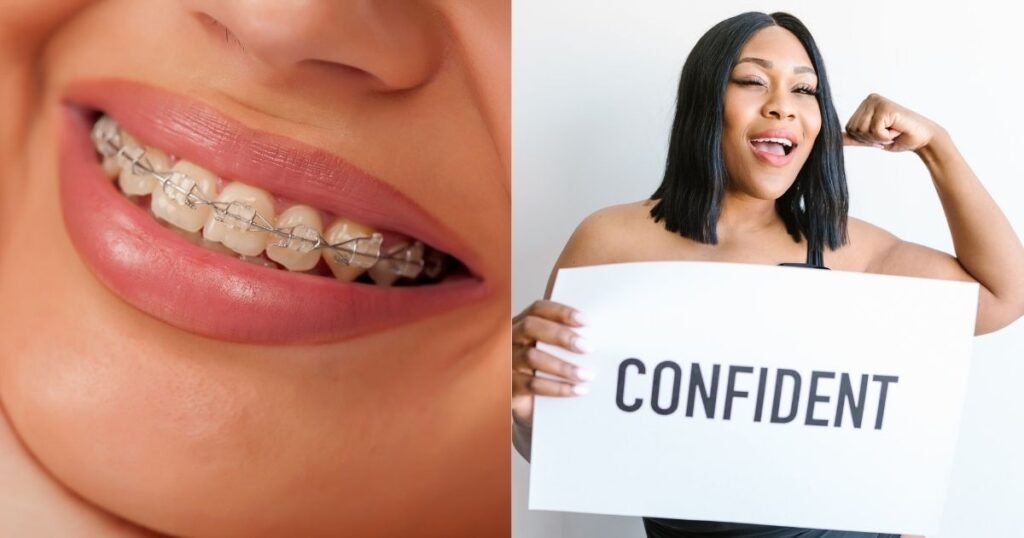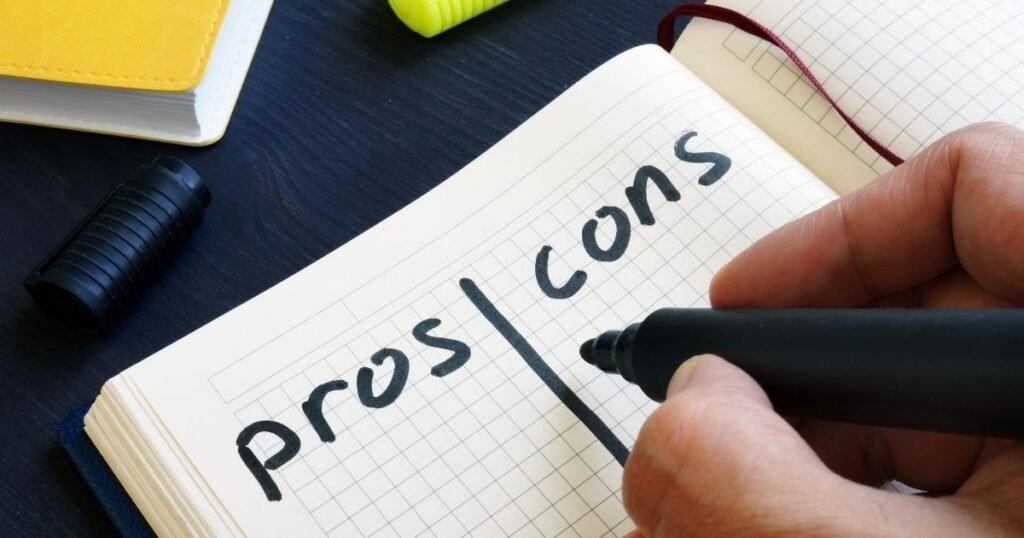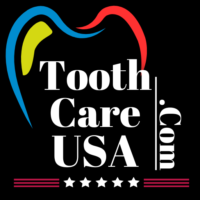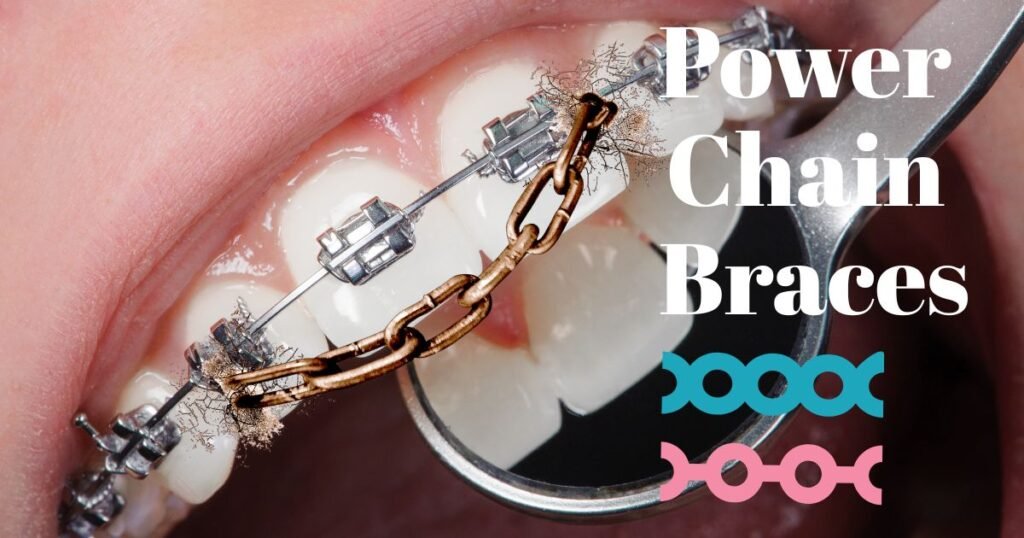Jennifer is a 14-year-old girl who visited an orthodontist for a braces consultation. She was very nervous regarding false-oriented treatment. She had spent several years covering her mouth whenever she smiled, she used to hide her crooked tooth. Because of her misaligned teeth, she was used to remaining underconfident and getting embarrassed during social events.
Finally, her parent decided to go ahead with the orthodontic treatment and started planning for the braces, and although Jennifer was super excited about the possibility of a perfect smile, she was also confused about the question of what the top 10 pros and cons of braces were. Are Braces going to hurt? Will she be able to eat her favorite food and snacks? Will the result be worth off?
Just like Jennifer, millions of people start their journey towards a better smile with braces. According to the American Association of Orthodontics, nearly 40,00,000 people in the United States use braces at the current time. At the global level, the number is even higher it is showcasing how common and impactful braces treatment has become. Although braces can lead to a good smile and better dental health, they come with several challenges. So it becomes essential to understand the pros and cons of braces before going to any kind of orthodontic treatment
This article will explain the top 10 pros and cons of braces you should know, which are supported by real-world data and patient experience
🦷 Pros and Cons of Braces
Top 10 Pros of Braces

1. Improved Dental Alignment
The most obvious benefit of braces treatment is improved alignment. Misaligned or crooked teeth can lead to oral hygiene problems. Braces correct these issues, resulting in a straighter, healthier smile.
2. Boost in Self-Confidence
Having straight teeth makes many people feel more attractive and self-assured. According to a 2022 survey, 80 percent of people reported improved confidence after completing braces treatment.
3. Better Oral Health
Aligned teeth are easier to brush and floss, reducing the risk of plaque buildup, tooth decay, and gum disease. Good dental alignment enhances your ability to maintain oral hygiene.
4. Correction of Bite Issues
Braces don’t just fix crooked teeth—they also address overbites, underbites, and crossbites. These issues can lead to jaw pain and speech problems if left untreated.
5. Prevention of Future Dental Problems
Braces treatment can reduce the need for more serious dental procedures later in life. Aligned teeth are less likely to wear unevenly or lead to gum recession.
6. Enhanced Facial Symmetry
Correcting dental alignment often improves overall facial symmetry. Braces help balance facial features by aligning the jaw and teeth structure properly.
7. Long-Term Investment
Though braces can be costly, they are a long-term investment in your health and appearance. They help avoid future dental costs by improving alignment early on.
8. Customized Options
Modern orthodontics offers a variety of braces treatment options, such as ceramic braces, lingual braces, and clear aligners to suit personal preferences.
9. Improved Speech
Misaligned teeth can interfere with pronunciation. Braces treatment corrects alignment, which can lead to clearer speech.
10. Increased Motivation for Oral Hygiene
Wearing braces often encourages patients to take better care of their teeth and mouth overall, leading to improved oral health habits.
Top 10 Cons of Braces

1. Discomfort and Pain
Many people experience pain or discomfort during the early stages of braces treatment, especially after adjustments. This is due to the pressure applied to move the teeth.
2. Dietary Restrictions
Braces limit what you can eat. Sticky, crunchy, and hard foods can break or damage braces components, leading to extra visits to the orthodontist.
Table: Foods to Avoid with Braces
| Category | Examples |
|---|---|
| Sticky Foods | Gum, caramel, taffy |
| Hard Foods | Nuts, popcorn, hard candies |
| Crunchy Items | Chips, raw carrots, apples |
| Sugary Snacks | Soda, chocolate, sugary drinks |
3. Appearance During Treatment
Some people feel self-conscious about wearing braces. Although options like clear or ceramic braces exist, traditional metal braces are still quite noticeable.
4. Long Treatment Time
Braces treatment usually lasts between 18 to 24 months, but more complex cases can take up to 3 years. This long duration can feel like a major commitment.
5. Frequent Orthodontist Visits
Braces require regular adjustments every 4 to 8 weeks. These visits are necessary but can be time-consuming and may interfere with work or school schedules.
6. Maintenance Challenges
Cleaning around brackets and wires can be tricky. Special tools like floss threaders and interdental brushes are often required for proper oral hygiene.
7. Speech Difficulties
Some people experience temporary speech issues after getting braces. It usually improves over time, but can be frustrating in the beginning.
8. Potential for Tooth Staining
Improper cleaning can lead to white spots or staining around brackets. This is more common if braces are worn for a long time without good hygiene.
9. Risk of Braces Damage
Brackets or wires may break if proper care isn’t taken. This may delay the overall progress of the braces treatment.
10. High Upfront Costs
Braces can be expensive, ranging from 3000 to 7000 dollars depending on the type. Even with insurance, out-of-pocket costs can be a burden for some families.
Balancing the Pros and Cons of Braces

Weighing the pros and cons of braces is an important step before committing to treatment. Here’s a quick summary:
| Pros | Cons |
|---|---|
| Straighter teeth | Discomfort and pain |
| Boosted confidence | Dietary restrictions |
| Better oral hygiene | Long treatment duration |
| Correction of bite issues | Appearance during treatment |
| Prevents future dental problems | High upfront costs |
| Improved speech | Frequent orthodontist visits |
| Long-term investment | Maintenance challenges |
| Enhanced facial symmetry | Risk of braces damage |
| Customized treatment options | Potential tooth staining |
| Healthier oral habits | Temporary speech issues |
Who Should Consider Braces Treatment?
Braces treatment isn’t just for teenagers. Today, one in four orthodontic patients is an adult. If you struggle with bite issues, crowded teeth, or gaps, braces may be the right solution. Consulting an orthodontist is the best way to determine if braces treatment is right for you.
Final Thoughts
Understanding the pros and cons of braces gives you a realistic view of what to expect during and after treatment. While there are some inconveniences, the long-term benefits usually outweigh the downsides. Whether you’re a teen like Maya or an adult seeking change, braces treatment can be life-changing when approached with the right mindset.
Now that you know the top 10 pros and cons of braces, are you ready to take the next step toward a confident, healthier smile?
Check Your Cavity Risk in 30 Seconds – Free & Easy!
This quick and easy tool helps you understand your risk of getting cavities based on your daily habits like brushing, flossing, sugar intake, and dental visits. Just answer a few simple questions and instantly get a personalized cavity risk score along with helpful tips to protect your smile. It’s free, fast, and takes less than a minute!
🦷 Cavity Risk Checker
FAQs based on the pros and cons of braces
What are the main pros and cons of braces?
Braces improve dental alignment, boost self-confidence, and enhance oral health, but they can also cause discomfort, dietary restrictions, and involve high costs.
Pros: Straighter teeth, better oral hygiene, corrected bite issues.
Cons: Pain, food limitations, long treatment time, frequent adjustments, and expenses.
Are the pros of braces worth the cons?
Yes, for most people, the long-term benefits of braces outweigh the temporary drawbacks.
Improved smile and confidence last a lifetime.
Better oral health prevents future dental issues.
Cons like pain and cost are temporary and manageable.
What is the biggest disadvantage of braces?
The most common complaint is discomfort and soreness, especially after adjustments.
Tightening wires causes pressure and irritation.
Pain usually lasts a few days and can be eased with soft foods and pain relievers.
Do the pros and cons of braces change with age?
The basic pros and cons remain the same, but older patients may face additional challenges.
Adults may experience slower tooth movement.
Teens often adapt more easily to treatment.
All age groups benefit from improved dental health.
How can I manage the cons of wearing braces?
Disadvantages of braces can be easily managed with proper care and planning, first of all, to correct the irritation from the base by using orthodontic wax. After the placement of braces, you must follow Braces-friendly food, which is soft and not too hard, so it can prevent the breakage of braces and archwire. Strictly follow the dental hygiene routine, and lastly, regularly visit your orthodontic specialist for the smooth progress of the treatment

Dr. Niraj Ghanghoriya is a passionate dental surgeon with over 12 years of experience in clinical dentistry. He completed his BDS from the prestigious Sri Aurobindo Institute of Dentistry in 2012 and specializes in painless root canals, smile makeovers, and preventive oral care. Known for his patient-first approach and clear communication, Dr. Ghanghoriya aims to make dental knowledge accessible to everyone. When he’s not in the clinic, he enjoys writing informative dental blogs to help people take better care of their oral health.





